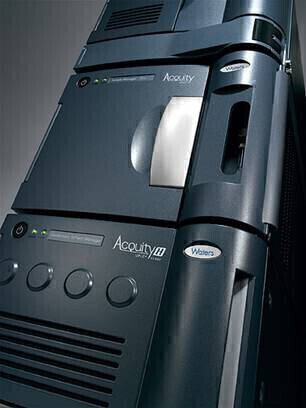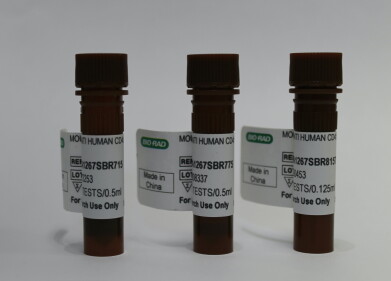Laboratory Products
Fast Screening for Polyaromatic Hydrocarbons in Seafood Using DisQue Dispersive Sample Preparation and the ACQUITY UPLC H-Class System
Sep 08 2010
GOAL
To rapidly screen seafood samples for PAH contamination using a simple QuEChERS cleanup followed by HPLC with fluorescence detection using the Waters® ACQUITY UPLC® H-Class System.
BACKGROUND
The current oil spill in the Gulf of Mexico has raised concerns over the quality of seafood harvested from that region. Fish, crustaceans, and mollusks can ingest oil, thereby introducing potential health risks to consumers. Of the many compounds found in this oil, an important subset is the polyaromatic hydrocarbons (PAHs). The US Environmental Protection Agency (EPA) has defined 16 of these compounds as priority pollutants, and the State of Louisiana has issued a Safety Response and Quality Certification Plan promulgating screening levels for 12 of these compounds. To prevent consumption of contaminated seafood and minimize the impact on the seafood industry, a fast method is required to analyze these compounds of concern. Current HPLC or GC/MS methods require runtimes of 30 minutes or more. In this technology brief, we demonstrate that following a simple extraction using the DisQuE™ Dispersive Sample Preparation Kit, an analysis of PAHs can be achieved in less than 4 minutes using the ACQUITY UPLC H-Class System with fluorescence detection.
THE SOLUTION
Samples of fish and shrimp were homogenized using a blender and added to Waters DisQuE extraction tube. Acetonitrile was added, and the tube was shaken vigorously to produce an emulsion of seafood material, acetonitrile, and sorbent material. The tube was centrifuged at high speed to produce a clear supernatant layer. An aliquot of this layer was added to the DisQuE cleanup tube, then shaken and centrifuged. This second supernatant was transferred to a vial, diluted with water, and then injected. Using this protocol, a single chemist can prepare a batch of 12 samples in only 30 minutes. The ACQUITY UPLC H-Class System was used with a Waters PAH Column. The compounds were eluted using a ternary water, methanol, and acetonitrile gradient. The large volume flow cell was used with the ACQUITY UPLC FLR Detector, and time-programmed excitation and emission wavelengths were optimized for each of the PAH analytes. The total analysis time was 3.5 min.
SUMMARY
The DisQuE Dispersive Sample Preparation Kit provides a fast, simple procedure for the extraction of PAHs from seafood samples. There is no requirement for evaporation or solvent exchange prior to injection, and there are no cartridge conditioning steps as with SPE columns. A single chemist can comfortably process in excess of 150 samples per day using this procedure. A rapid analysis is critical to manage the samples, standards, and QCs generated using this approach. The ACQUITY UPLC H-Class separation, which was achieved in 3.5 min is able to address this demand. This solution enables laboratories to screen for PAHs in seafood, providing results in a timely and economical manner, so consumers can be confident that these products are safe.
Digital Edition
Lab Asia 31.2 April 2024
April 2024
In This Edition Chromatography Articles - Approaches to troubleshooting an SPE method for the analysis of oligonucleotides (pt i) - High-precision liquid flow processes demand full fluidic c...
View all digital editions
Events
May 05 2024 Seville, Spain
InformEx Zone at CPhl North America
May 07 2024 Pennsylvania, PA, USA
May 14 2024 Oklahoma City, OK, USA
May 15 2024 Birmingham, UK
May 21 2024 Lagos, Nigeria










.jpg)







